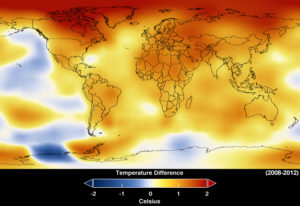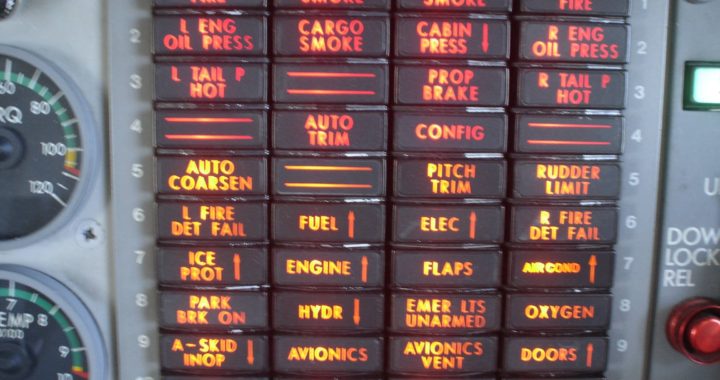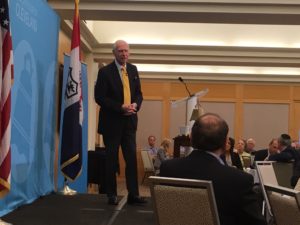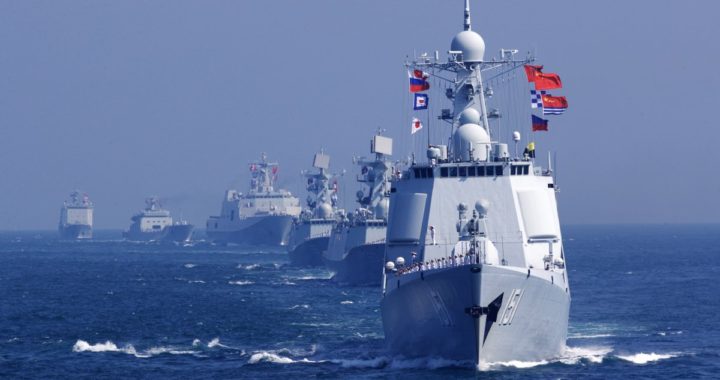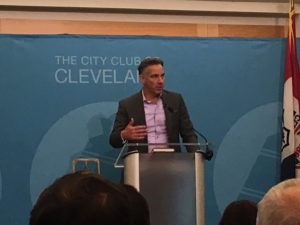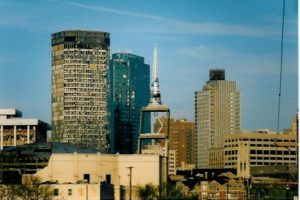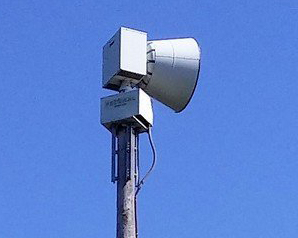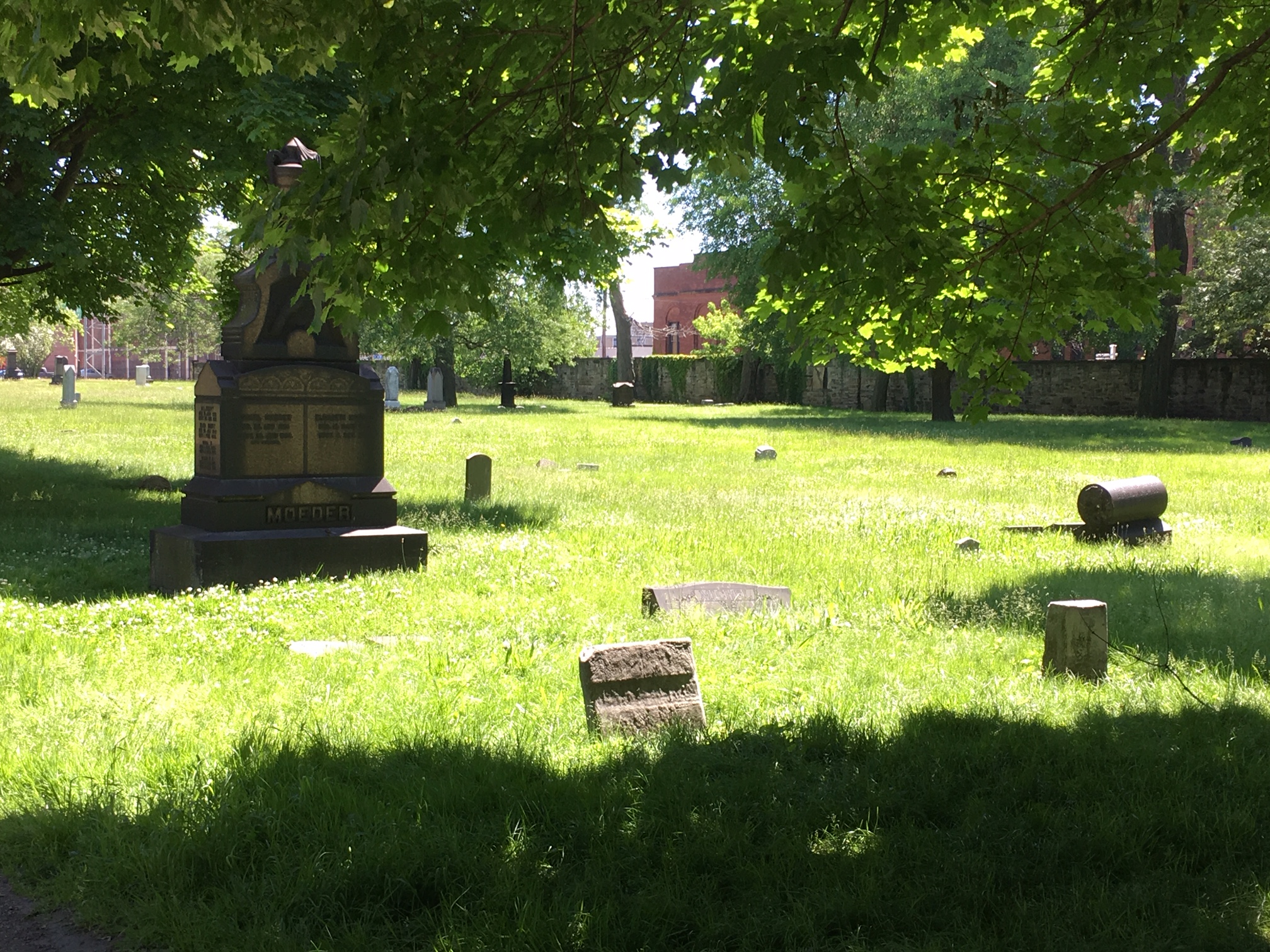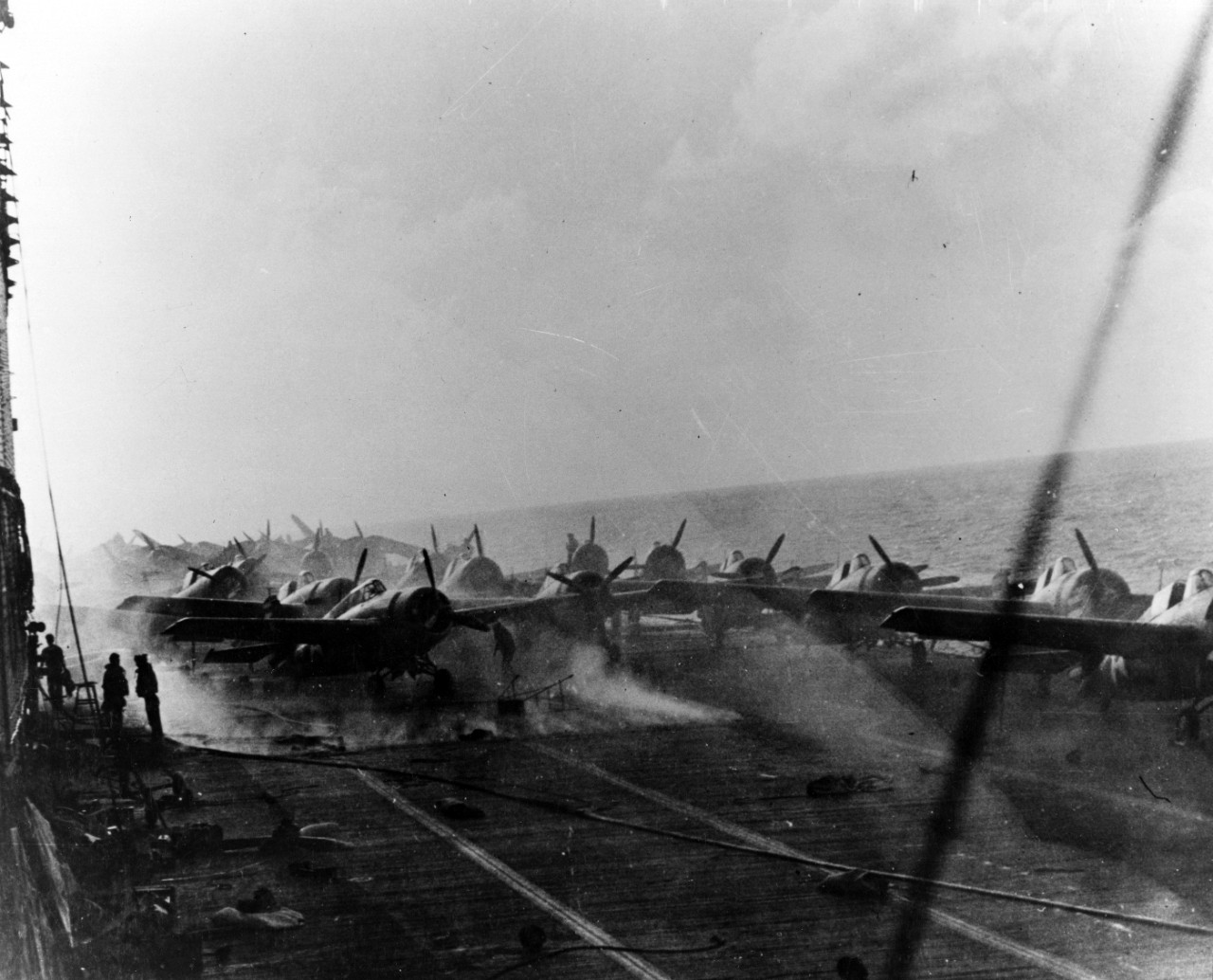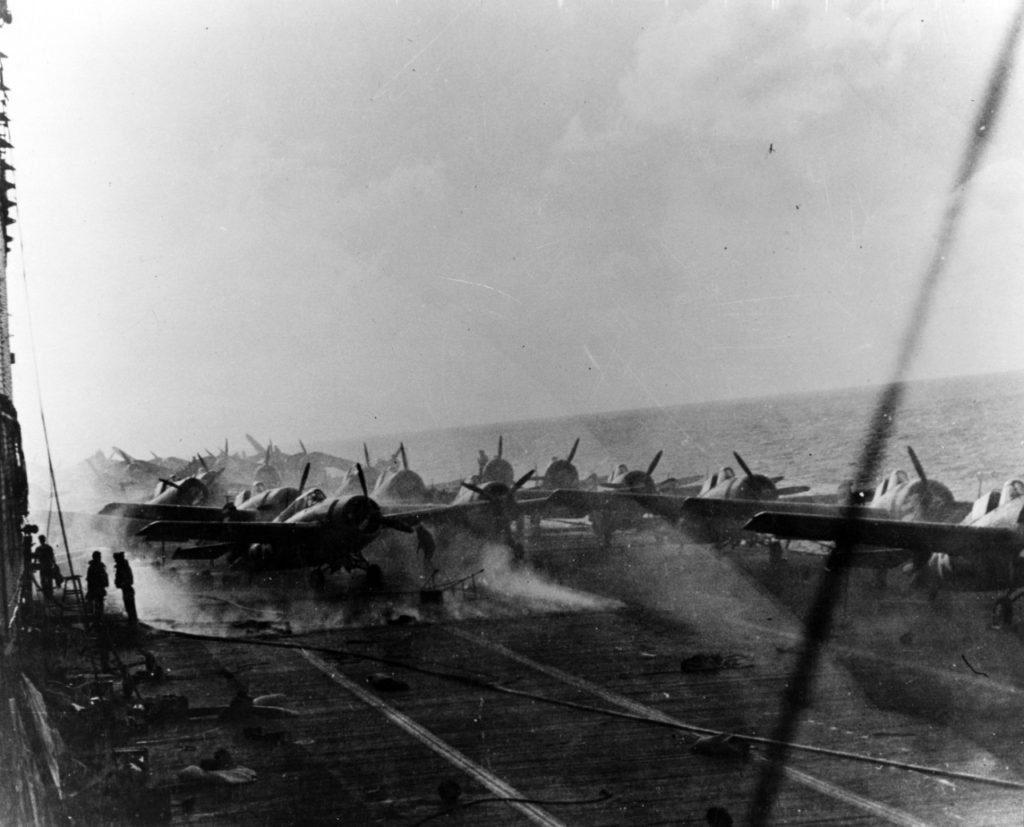Nobody does disaster recovery like
the Chinese.
Of course, they’ve had plenty of
practice. Earthquakes, floods, typhoons, famines, revolutions, civil war:
Chinese history is a heartbreaking chronicle of death and destruction on a cosmic
scale. The three deadliest disasters in history occurred in China: the 1931
floods that killed more than three million people; the 1887 Yellow River
flooding that killed more than one million; and the 1556 Shaanxi earthquake
that killed more than 800,000.
More recently, the 1976 Tangshan
earthquake killed more than 240,000.
This was no half-mythical story from a distant age before modern medicine, building codes, and emergency managers existed. By 1976 Richard Nixon had already been to China, Neil Armstrong and eleven other astronauts had walked on the moon, and the first Apple I computers were being sold.
Tangshan, China was a modern industrial city that was home to more than one million people. A regional transportation hub, Tangshan was the most important city in a large agricultural region. Coal mines and heavy industries had fueled decades of rapid growth. But at 3:42 am on July 28, 1976, the city was torn apart by a 7.8 magnitude earthquake. More than 240,000 persons were killed and most of the city was flattened. Utility lines, bridges, railroads, and roadways were broken while more than 90 percent of the city’s residential buildings and more than 75 percent of the city’s industrial buildings were destroyed. If ever a 20th century city seemed broken beyond repair, it was Tangshan.
Yet today Tangshan is a bustling, modern city of 1.5 million
persons. It’s man-made port, constructed
after the earthquake, is one of the ten busiest ports in China, and the rebuilt
city attracts many thousands of tourists each year. In recognition of its
recovery from unfathomable disaster, the Chinese have nicknamed Tangshan “The
Brave City of China.”
China is not the United States, and
it is wildly unlikely that an American earthquake could kill even one tenth the
number of people who died at Tangshan. The 1964 Alaska earthquake and tsunami –
at 9.2 magnitude, the strongest earthquake ever recorded in North America –
killed 131, while the 6.7 magnitude Northridge, California earthquake in 1994
killed 57.
But there are still important lessons
to be learned from the Tangshan disaster, even if most Americans have never
heard of it.
The enormous death toll at Tangshan
was a result of several factors, including inaccurate risk assessment, lack of
preparation, ineffective leadership, bad planning, poor urban design, and bad
luck.
Chinese scientists and government
officials had not believed that Tangshan was at risk for a serious earthquake.
Building codes did not require earthquake-resistant construction. As a result,
nearly every building, road, pipeline, and transmission line in the city was
destroyed or damaged. In the middle of
the night almost everyone was home asleep, and the vast majority of those
killed were crushed by the collapse of their homes.
Half of the houses in the city were single-story
unreinforced brick or adobe structures. Close to the center of the quake,
virtually all of these homes collapsed. Farther from the center, up to 40
percent collapsed. 63 percent of brick apartment buildings in Tangshan – mostly
2-4 stories tall – collapsed. Of the 22 steel-reinforced concrete apartment
buildings in the city, ten collapsed, eight were seriously damaged, and four
were moderately damaged. Overall, 650,000 of the 680,000 residential buildings
in the city were destroyed or were seriously damaged.
Commercial buildings and critical infrastructure didn’t fare
much better. 78 percent of industrial structures were heavily damaged or
destroyed. The railroad system was crippled and eleven percent of roads were
damaged. Most bridges were heavily damaged and 80 percent of reservoirs near
the city were damaged. All critical systems: electricity, water, sewage, and
telecommunications were damaged.
Because the city was not considered at risk, no attempt had
been made to prepare or plan for an earthquake.
Chinese officials later wrote that relief efforts were hindered by a
lack of planning, training, and leadership which resulted in great confusion and
the loss of time, money, and human lives. Many local responders were killed or
injured and emergency medical facilities were mostly destroyed. No organized
help came from elsewhere for days, partly because roads were blocked but also
because no plans for assistance had ever been made. Rescuers rushing to the
scene in uncoordinated droves caused massive traffic jams that delayed response
and took days to clear. The first outside responders to arrive were soldiers
from nearby bases, but they were untrained and unequipped to deal with the disaster.
With no significant help arriving for days, survivors dug
through the rubble by hand to free trapped family members and neighbors.
Survivors organized themselves into working parties, set up medical areas where
they provided whatever first aid they could, searched for food and set up
temporary shelters. Without professional help, with no specialized equipment,
with no official leadership or training, survivors and soldiers saved 80
percent of the people who were trapped under rubble. They would have saved more, but a 7.1
magnitude aftershock on the afternoon after the quake killed many of those
still trapped,
The urban design of Tangshan contributed to the disaster. In both residential and commercial districts, roads were narrow and buildings were close together. There were no escape routes that were free from falling debris. In addition, debris rendered virtually every road impassable, massively hindering rescue efforts. The city lacked parks or other open spaces where survivors could gather to set up medical stations or shelters.
Though no plans had ever been
prepared, and the initial response was chaotic and ineffective, within days China’s
central government was able to marshal a massive rescue and recovery effort. Four
days after the earthquake 100,000 soldiers, 20,000 medical workers, and 30,000
technical staff were on scene and donations of food, clothing, and money were
pouring in from communities throughout the nation. The central government
established a national headquarters to coordinate relief and rebuilding while
the provincial government established their own disaster relief headquarters.
Recovery efforts were centrally managed by the national
government, which devoted enormous resources to the task. The scale of damage
was such that some consideration was given to not rebuilding on the same site.
Debris removal would be a major problem and the rebuilt city would be located
on the same earthquake fault line that had destroyed the old. But much of the city’s industry was reliant on
proximity to the nearby coal mines, so the government decided to rebuild in
place.
To start the process, the government organized a
reconstruction planning meeting to which it invited more than 3,000 experts in
construction, urban planning, economics, public health and other areas. They quickly determined that the new Tangshan
would be more resilient, sustainable, and efficient than the old city.
Key improvements:
- The chemical plant would be moved away from the
city
- The city would be divided into four primary
functional zones: industrial, warehouse, residential, and cultural and administrative
- Industrial facilities would reduce harmful
emissions
- Buildings located atop coals mines would
relocate
- Streets were laid out in a grid pattern
- Evacuation routes were created
- Control centers for critical infrastructure
(lifeline systems) were decentralized
- All buildings were designed to withstand
earthquakes
- Buildings and neighborhoods were designed to
resist fire and flooding
- Green areas were created
Debris removal was an enormous problem. The destruction of many thousands of brick
structures had created more than 200 million cubic meters of debris and
trash. While local clean-up efforts
began within months of the disaster, a full-scale clean-up campaign was not
initiated until September, 1981 – more than five years after the earthquake.
Clean-up was hindered by the lack of space to dump debris,
as all available clear space within the city was covered by temporary living
quarters and makeshift schools and businesses.
Those structures had to be cleared so that new permanent residential
districts could be built.
Accordingly, a new residential district, complete with
schools and shops, was constructed on the outskirts of the old city. Construction began in 1979 and involved 53
construction companies and more than 100,000 construction workers. When the new
district was ready, 11,000 households of one of the old districts were moved
there and their former district was cleared and rebuilt. In that manner, district after district was
redeveloped. By 1985, nine years after the earthquake, 94.5 percent of Tangshan
residents had moved into new homes and by early 1986 all temporary earthquake
structures were demolished.
Debris was eventually dumped in landfills outside the city
or used as foundation material for new construction.
By 1988, Chinese officials could write, “Today a new
Tangshan stands proudly on the old site. The Central Government had invested
over 24 million yuan in its reconstruction, all of which had been repaid by the
Tangshan people in the form of tax and corporate profits. The population of the
city now exceeds 1.3 million and the gross national product of the region
reaches 85 billion yuan.”
Compared to the decentralized, locally-managed American response
to Hurricane Katrina, reconstruction of Tangshan started slowly, as large-scale
plans were developed. But enormous national resources were devoted to the
project and a new city was constructed within ten years. New Orleans, which suffered far less damage
than Tangshan, has not been completely rebuilt more than 13 years after the
hurricane and in 2018 had an estimated population of 417,000, 14 percent fewer
residents than it had in 2005, before the storm, when the city’s population was
more than 484,000.
With Tangshan rebuilt, the Chinese government identified the
most significant lessons learned:
(1.) The importance of accurate risk assessment (earthquake zoning).
(2.) The importance of planning, preparedness, and effective leadership.
(3.) The importance of urban planning (earthquake resistant construction standards, evacuation and escape corridors, parks and open space).
(4.) The importance of underground structures (in many instances the underground portions of buildings survived virtually undamaged while the upper portions were completely destroyed).
(5.) The importance of proper placement of critical infrastructure systems and control nodes.
As a result of the Tangshan disaster, stricter regulations
were enacted nationwide requiring earthquake-resistant building practices in earthquake-prone
areas. In addition, many cities implemented programs to strengthen older
buildings. 58 Chinese cities, including Beijing and Tangshan were selected to
become ‘earthquake-resistant cities.’ Existing
buildings were reinforced and emergency plans were created. In addition, new
buildings throughout the country must be designed to withstand earthquakes.
Today Tangshan is a thriving modern city. Careful planning during reconstruction has resulted in a more resilient city that has fully resumed its place in the life of its nation.
Photo: Tangshan after the earthquake ( image from travel.smart-guide.net)
For a comprehensive account of the Tangshan earthquake recovery see: The Great Tangshan Earthquake of 1976: An Anatomy of Disaster (Edited by Chen Yong, Kam-ling Tsoi, Chen Feibi, Gao Zhenhuan, Zou Qijia, and Chen Zhangli of the State Seismological Bureau of the People’s Republic of China: Pergamon Press; New York; 1988): https://www.amazon.com/Great-Tangshan-Earthquake-1976/dp/0080348750
May 3, 2019
